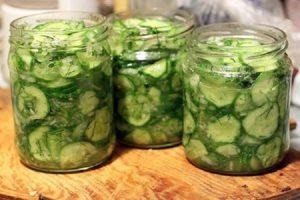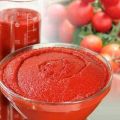A simple recipe for tomato dressing for the winter at home step by step
Who wouldn't want to have a homemade, ever-fresh analogue of tomato paste on hand? It is easy to make it yourself - dressing with fresh tomatoes for the winter is prepared quickly, and the preparation is enough for a long time. During periods of rising prices for vegetables, you can not stop pampering yourself and your family with natural dressings. Add it to dishes and salads, use it as a sauce for meat or fish - it will be in place everywhere.
The specifics of cooking tomato dressing for the winter
Whatever they do with tomatoes, they will not lose their useful properties - these vegetables are equally resistant to heat treatment and freezing. That is, after preparing stocks of such homemade tomato paste, you can defrost it and still get a healthy product.
True, this is very easy - even an inexperienced housewife can handle it, who, having once compared the sauce on homemade pasta and its own on the purchased one, will forever make a choice in the direction of the first option.
Product Requirements
Obviously, the tomatoes must be fresh. Do not believe the stories that for pasta you can take discounted tomatoes due to flatness, small areas of rot and delight. Even if you remove these spoiled places, the vegetable itself is no longer fresh, does not have the proper elasticity, and its taste is spoiled.
You can't take unripe tomatoes either - they will cook slowly, give less juice, and peel poorly. The signs are: white core, green or yellow spots (not to be confused with the Black Prince variety - dark green spots are normal for it).
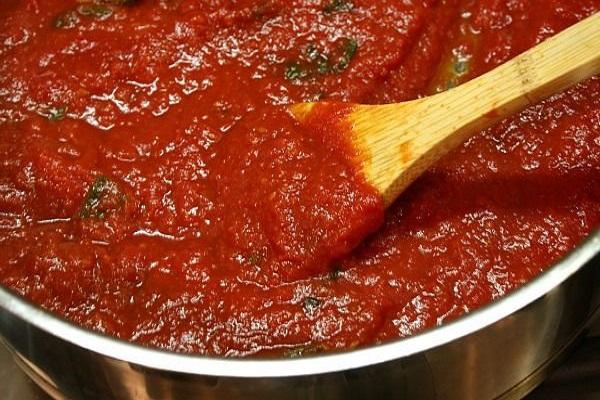
Ingredients for delicious homemade pasta
Most of the recipes offer approximately the same range of products. Cooking methods differ only in the number of tomatoes and the types of spices that are required for cooking.
What you need:
- three kilograms of fresh, suitable tomatoes;
- a tablespoon of salt;
- two or three large cloves of garlic;
- Black pepper (not peas) to taste
- red pepper (one pod or a quarter teaspoon ground).
If desired, you can add a variety of spices such as cloves, bay leaves and mustard - here the tastes of housewives and their households can vary greatly, so the question of seasonings remains at the discretion of each individually.
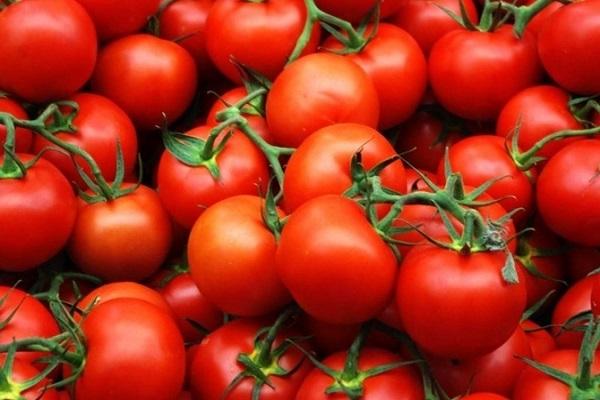
The process of making homemade tomato paste
Since tomato paste is a one-piece blank, making it is easy even at home.You need to spend a minimum of time preparing vegetables and observe them a little while cooking. If done correctly, this tomato paste can last the whole winter or longer periods when there are no fresh vegetables.
Proper preparation of vegetables
Tomatoes are always washed, even if they were brought from the supermarket in a net or cling film. Tomatoes are dangerous not with dirt, but with traces of chemical processing, which is inevitable both on an industrial-scale farm and on a small one.
You will need a meat grinder - this is the easiest way to grind tomatoes to a puree state, but before you need to cut out a core from them, which will give off bitterness. Ideally, the tomato should not have a hint of dense pulp in the center at all. Tomatoes peeled in this way are thrown into a meat grinder, not paying attention to the skin.
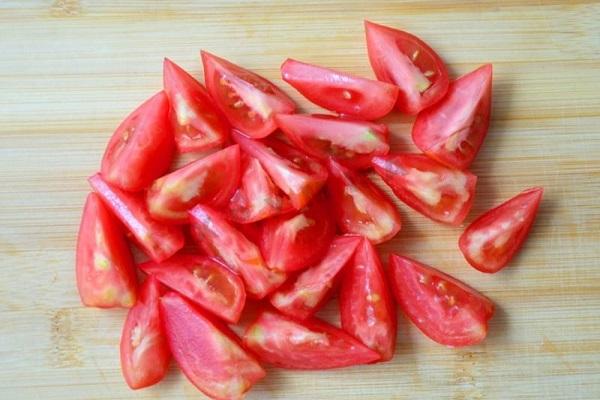
Sterilization of cans and lids
If this is not done, bacteria will remain inside the jars with the finished paste. In a warm and nutritious environment, jars with paste, these microorganisms will begin to multiply, provoking the process of decay. It should not be allowed in any case - all the product in the jar is down the drain, and if you notice it too late, even a "can explosion" is possible.
Banks are sterilized over a burner fire with or without special attachments. The lids are boiled in boiling water - they are designed for this, therefore they will not bend.
Boiling tomatoes
Tomatoes should reach a state of homogeneous gruel - then they can be boiled. It is advisable to use a wide and deep saucepan so that the pasta can boil (it can boil a lot), then add all the spices and salt there, stirring occasionally. Fifteen minutes is enough for the pasta to boil over and be completely cooked.

Packing vegetables
There are two options. If you want to keep the paste without freezing, you need to pour it into the jars with a ladle and tighten the lids with the necessary device for this. Then you will have to allocate a cool and dry place for conservation.
If there is no room for cans, use simple plastic bowls (with tight lids) and put them in the freezer. This will not make tomato paste worse, on the contrary - it will be stored safer and longer. Do not worry about the possible swelling of lids and bacteria - they cannot live without heat.
How to understand if the paste has turned out?
If the tomatoes are chosen correctly, then most of the work has already been done. Fresh and rich pulp gives the main taste, spices emphasize it - that's a delicious preparation. You can taste it. It should not be bitter, sour, or smell like a tomato.
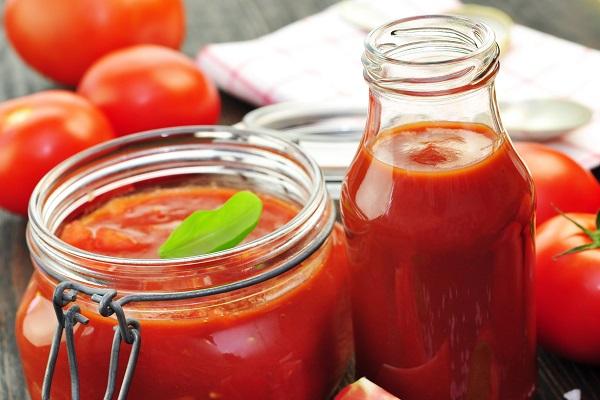
If it tastes distinctly like a borscht grill, it's okay - it's a good pasta.
Storage terms and rules
Canned paste can be stored in the refrigerator or in any other cool place without direct sunlight. The product in plastic containers is well stored in the freezer (the glass will crack there).
You can store it from one to five years (in theory, usually the paste does not last that long). As long as the jar is not swollen or otherwise damaged, the blank is safe - it can be eaten and added to food.
